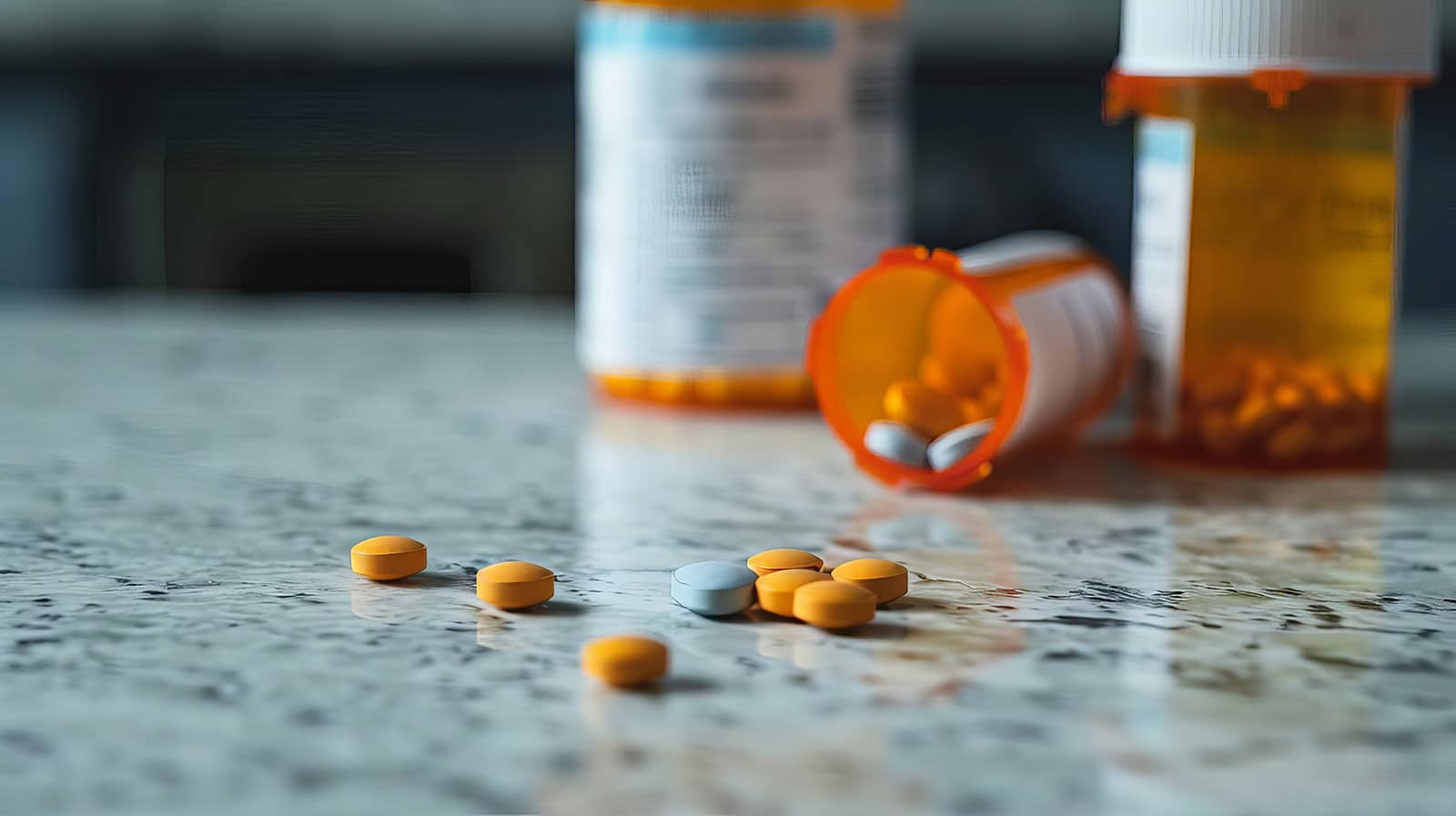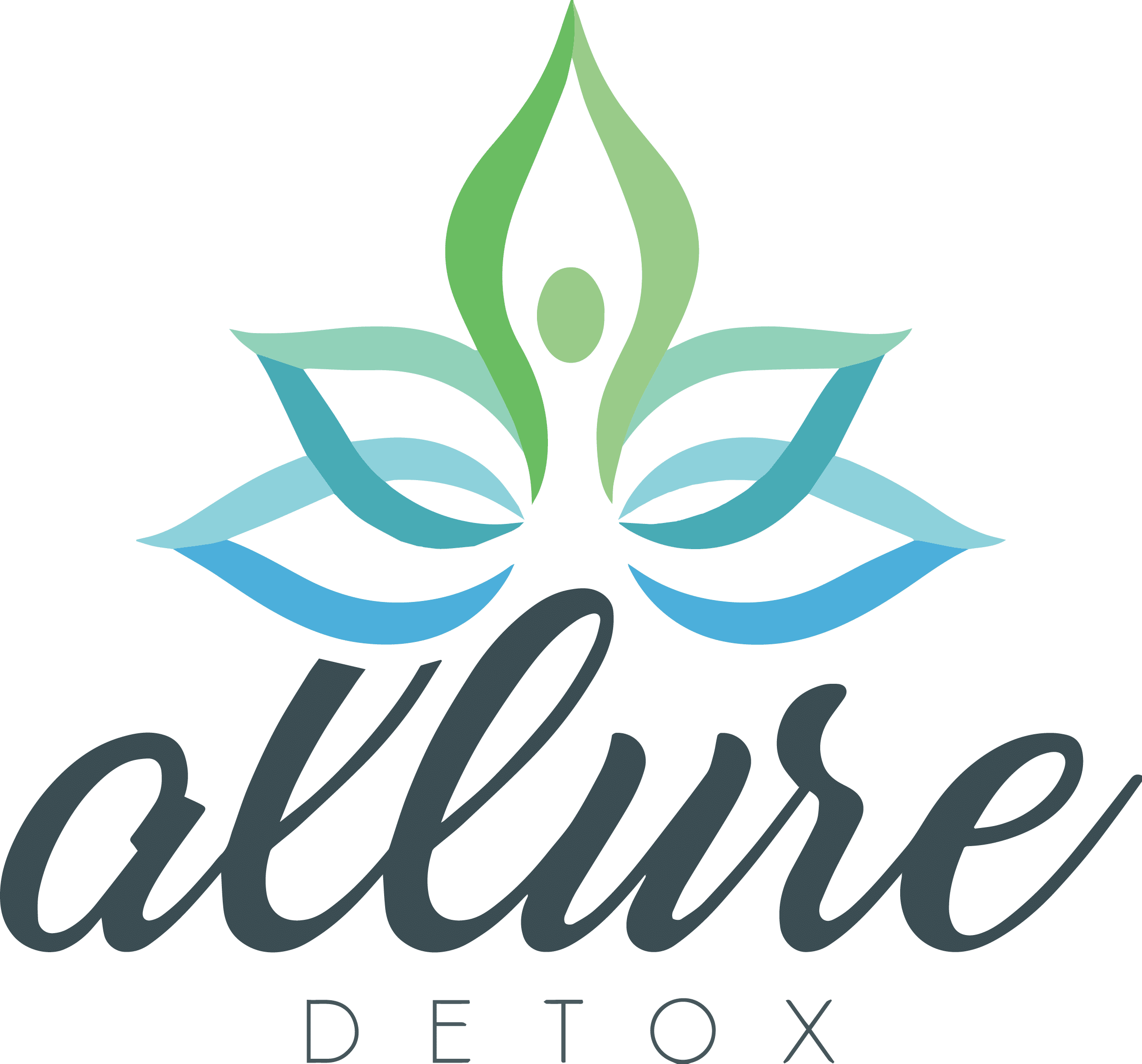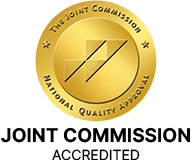Although many prescription medications are well established for their safety, this rule simply doesn’t apply to all of them.
Some medications have serious addictive properties when used without following a medical professional’s supervision, especially painkillers and mental health disorder treatments.
In West Palm Beach, many people struggle with prescription drug addiction, often unaware of the slippery slope of abusing these drugs.
In this guide, we’ll take a closer look at the drugs with a high potential for addiction, including the signs of abuse and the best addiction treatment programs to overcome this difficult challenge.
Table of Contents
What Are the Most Commonly Abused Prescription Medications?
Several classes of prescription drugs are particularly susceptible to misuse and addiction. Here’s a brief overview of the most common ones:

Opioids and Opiates
These medications are often prescribed to manage moderate to severe pain. Examples include oxycodone (OxyContin and Percocet), hydrocodone (Vicodin), and Codeine.
While highly effective for pain relief, prescription opioids are extremely addictive and lead to cravings and dependence very quickly.
Stimulants
Stimulants like Adderall, Ritalin, and Concerta typically include salts of amphetamine, methamphetamine, and methylphenidate, which are mainly prescribed for the treatment of attention deficit hyperactivity disorder (ADHD).
Many people abuse these drugs to enhance alertness. They’re also common among students who abuse them to enhance concentration and academic performance.
However, the negative consequences of using them massively outweigh their perceived advantages, as they can be life-threatening.
Sedatives and Anti-Anxiety Drugs
These medications include Xanax, Valium, and Klonopin, which are commonly prescribed for anxiety and insomnia. Many of these drugs belong to a group of chemicals called “benzodiazepines” or “benzos”.
However, a lot of people abuse the calming properties of these medications, which leads to serious dependence and addiction.
How Do Prescription Drugs Cause Abuse and Addiction
A lot of people end up abusing prescription drugs because they think they’re harmless. However, being approved by the FDA for the treatment of certain disorders under medical supervision doesn’t deny their high addictive potential.
The mechanism of developing addiction may vary from one medication to another. However, many of the previously mentioned medications have some common elements that lead to their addictive properties.
For starters, opioids, stimulants, and sedatives all interact with the brain’s chemical balance, mainly through increasing the concentration of neurotransmitters like dopamine. This often leads to a sense of euphoria that the brain craves, leading to continuous use.
Some people may also misuse these drugs as a method of self-medication by taking them without prescription or through ways other than how they’re prescribed to increase their potency.
As the body becomes more and more accustomed to the drug’s effects, the dose necessary to achieve the same initial effects becomes higher.
This cycle continues to grow, increasing the body’s dependence on the drugs and triggering withdrawal symptoms upon ceasing to use the drug.
Signs of Prescription Drug Abuse
As substance use disorder develops, certain behavioral and physical symptoms can give it away. Here’s a quick look at them:
- Changes in sleep patterns
- Chronic Drowsiness
- Exhaustion and fatigue
- Slurred speech and impaired coordination (especially in opioid addiction)
- Visiting multiple doctors to obtain prescriptions, also known as doctor shopping
- Risky or suspicious behavior
- Withdrawal from social, professional, and/or academic responsibilities, and refusing help from loved ones and family members.
- Manifesting side effects associated with abused drugs (for example, high blood pressure and other heart problems with stimulants)
- Irritability and Mood swings
- Developing mental health disorders like anxiety and depression
- Inability to stop using the drug and developing uncomfortable withdrawal symptoms upon trying
Risk Factors of Prescription Drug Use Disorder
Many factors contribute to prescription drug addiction, and they can differ by person. Here are some of the most common reasons behind this type of substance abuse:
- Suffering from co-existing mental health conditions
- Trying to self-medicate without seeking the help of a healthcare professional
- Past or ongoing substance abuse, including alcohol addiction
- Having a family history of drug abuse
- Exposure to these drugs at an early age
- Easy access to these medications
- Exceeding the prescription dose or treatment course duration
- Lack of awareness
Treatment Options for Prescription Drug Addiction
Prescription drug addiction follows a relatively similar pattern to substance abuse treatment. The following are some of the most common treatment techniques and approaches for successful recovery.
Medical Detoxification
Medical detoxification, often shortened to “ detox ”, is the initial phase of substance abuse treatment. It’s a medically supervised process to safely remove prescription drugs and their effective metabolites from the body.
The process typically occurs at a rehab center under the supervision of a medical professional to manage withdrawal symptoms which can be uncomfortable and sometimes quite dangerous.
One thing to keep in mind here is that medical detoxification can take a variety of forms, depending on the severity of the condition. The most common treatment programs are the following:
Medication-Assisted Treatment Program
Medication-assisted treatment is a common approach used during medical detoxification to reduce the discomfort associated with withdrawal symptoms and enhance the chances of successful recovery.
As the name suggests, this method includes the use of certain medications to support the primary treatment efforts, especially in opioid addiction, such as:
- Methadone and Buprenorphine: Works by partially activating the opioid receptors in the brain to reduce craving.
- Naloxone: This one is mainly used as an antidote for opioid overdoses, but it also helps in generally reversing the effects of opioid intake.
- Naltrexone: Blocks the opioid receptor and prevents users from experiencing any euphoria following the use of opioid prescription drugs.
Inpatient Treatment
Inpatient treatment is the most common form of treatment for individuals struggling with severe addiction.
In this approach, patients reside in a treatment facility and receive 24/7 medical supervision and care. This intensive level of support is ideal for those with complex needs, co-occurring mental health disorders, or a high risk of relapse.
Outpatient Treatment
Outpatient treatment offers a less intensive approach compared to inpatient hospitalization. It’s a good option for individuals with milder addictions or those who don’t require constant supervision, as determined by a medical professional.
This program is highly convenient because it allows patients to continue living at home and manage work or school schedules while attending regular therapy sessions and participating in support groups.
Individual Therapy
Individual therapy is a personalized approach to recovery that aims at identifying and solving the underlying symptoms that lead to addiction.
This stage uses various evidence-based approaches like cognitive behavioral therapy and dialectical behavioral therapy to help patients develop coping skills to manage stress, triggers, and cravings.
Group Therapy
Besides individual therapy, patients will also attend support groups and other forms of group therapy (including 12-step meetings) to overcome the sense of isolation associated with addiction.
These sessions are usually led by a therapist or a qualified professional who encourages discussions and guides participants toward positive change through peer-to-peer support.
Post-Treatment Aftercare and Relapse Prevention
Prescription drug addiction has a high risk of relapse, which is why post-treatment aftercare is critical to maintaining a lifelong recovery and well-being.
This stage focuses on the patient’s long-term well-being by incorporating practices like physical exercise, yoga, meditation, dietary changes, and other healthy lifestyle changes.
Seeking Help with Addiction in West Palm Beach
Prescription drug addiction is a complex condition, but it’s still curable with the right treatment approach. Whether you’re seeking help for yourself or a loved one, contact us today to start your recovery journey.
Allure Detox offers a compassionate and confidential environment where you can seek to overcome addiction through a highly personalized treatment plan designed by qualified professionals.
Contact Allure Detox today to learn more about Prescription Drug addiction treatment near you!



